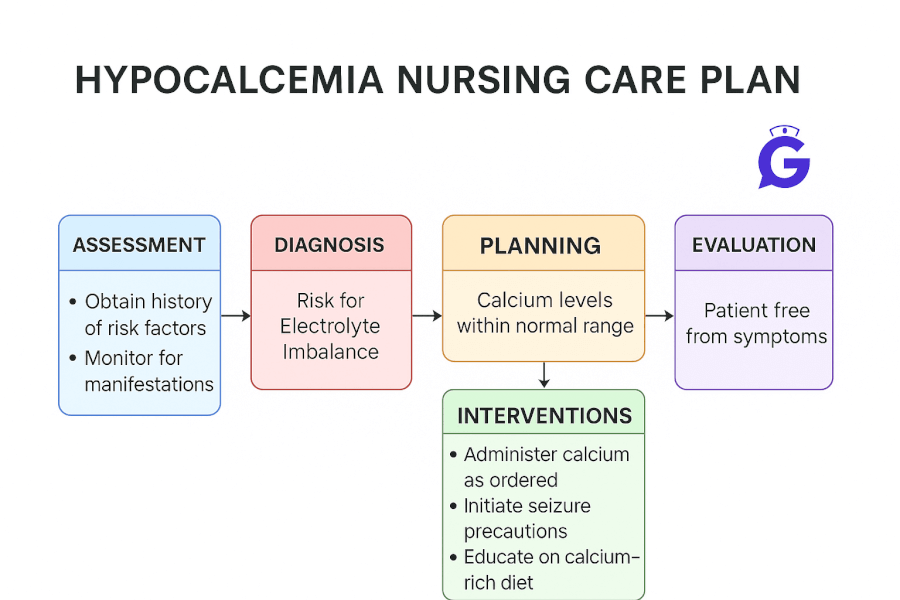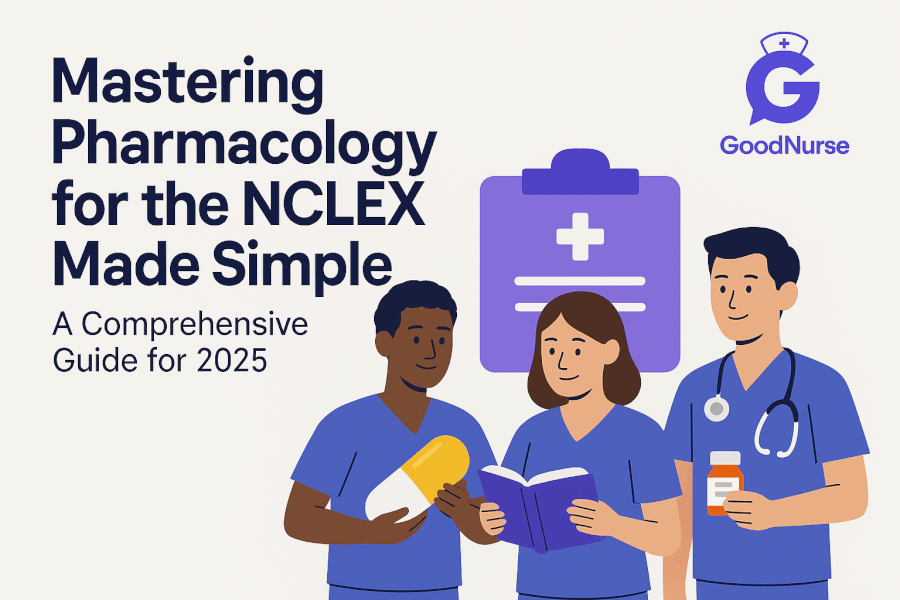Introduction
Deciding between an Associate Degree in Nursing (ADN) and a Bachelor of Science in Nursing (BSN) is a pivotal choice for aspiring registered nurses (RNs). In 2025, with healthcare evolving rapidly—think telehealth, AI diagnostics, and a push for higher education—this decision shapes your career trajectory, earning potential, and job opportunities. This guide dives deep into the ADN vs. BSN debate, comparing program length, costs, job prospects, salaries, and employer preferences to help you pick the best nursing degree for your goals.
Table of Contents
- What Are ADN and BSN?
- Education Time & Program Length
- Tuition Costs & Financial Aid
- Job Opportunities & Advancement
- Salary Comparison
- What Employers Prefer in 2025
- Which Path Is Right for You?
- FAQ
What Are ADN and BSN?
ADN (Associate Degree in Nursing): A 2-year program typically offered at community colleges, the ADN prepares you for the NCLEX-RN exam and RN licensure. It focuses on core clinical skills—think patient care, medication administration, and basic assessments—making it a practical, hands-on entry into nursing.
BSN (Bachelor of Science in Nursing): A 4-year degree from universities, the BSN also qualifies you for the NCLEX-RN but goes broader and deeper. Alongside clinical training, you’ll study leadership, public health, research methods, and evidence-based practice, equipping you for diverse roles and future graduate studies.
Key Difference: ADN is about getting into the field fast; BSN builds a foundation for long-term growth. In 2025, both paths lead to RN licensure, but the BSN aligns with healthcare’s shift toward advanced education and technology-driven care.
Education Time & Program Length
Time commitment is a major factor in choosing your nursing degree. Here’s how ADN and BSN stack up, including fast-track options:
| Program | Length | Fast-Track Options |
|---|---|---|
| ADN | 2 years (full-time) | LPN-to-RN bridge (12–18 months for licensed practical nurses) |
| BSN | 4 years (full-time) | Accelerated BSN (12–18 months for those with a prior bachelor’s degree) |
Part-Time Flexibility: ADN programs often cater to working students, stretching to 3 years part-time. BSNs can take 5–6 years part-time, though online/hybrid formats are gaining traction in 2025.
Prerequisites: Both require courses like anatomy and microbiology (6–12 months if starting fresh), so factor that into your timeline.
2025 Trend: Accelerated programs are booming, with virtual simulations cutting clinical hours while maintaining rigor.
Tuition Costs & Financial Aid
Cost is a big differentiator between ADN and BSN programs. Here’s the breakdown for 2025:
ADN: $8,000–$25,000 total tuition. Community colleges keep costs low (e.g., $100–$300 per credit), especially for in-state residents. Additional expenses: books, uniforms, and NCLEX fees (~$1,000–$2,000).
BSN: $35,000–$100,000+ total tuition. Public universities average $20,000–$50,000; private schools can hit $80,000–$120,000. Extras like lab fees and tech subscriptions add $2,000–$5,000.
Reducing Costs:
- Federal Aid: FAFSA offers grants and loans (e.g., Pell Grants up to $7,395 in 2025).
- Scholarships: AACN, Nurse Corps, and hospital-specific awards can cover 20–100% of tuition.
- Employer Support: Many hospitals reimburse tuition for RN-to-BSN students who commit to work post-graduation.
ROI Tip: ADN grads can start earning sooner, but BSNs often recoup the investment through higher salaries and promotions.
See our guide to nursing scholarships
Job Opportunities & Advancement
ADN-Prepared Nurses: Eligible for RN roles in diverse settings—hospitals (med-surg, telemetry), nursing homes, outpatient clinics, and home health. You’ll handle direct patient care and can specialize with certifications (e.g., wound care, IV therapy).
BSN-Prepared Nurses: Open to all ADN roles plus extras—Magnet hospitals, critical care units (ICU, ER), public health, and leadership positions (charge nurse, manager). BSNs are the gateway to advanced practice (NP, CRNA) via graduate school.
Advancement Edge: BSNs align with the Institute of Medicine’s (IOM) goal of 80% BSN-educated RNs by 2020 (still influential in 2025). In tech-driven fields like informatics or telehealth, BSN training in research and systems thinking gives you a leg up.
2025 Insight: ADN nurses may face job competition in urban hospitals but thrive in rural or long-term care settings with staffing shortages.
Salary Comparison
While both degrees lead to RN licensure, education impacts earnings over time. Here’s the 2025 outlook:
Average RN Salary (ADN): 80,000 annually. Entry-level roles in smaller facilities or rural areas may start at 65,000–75,000.
Average RN Salary (BSN): 88,000 annually. BSNs in hospitals or specialties often start at 80,000+, climbing to 100,000+ with experience.
Long-Term Gains: BSN nurses see bigger raises via promotions (e.g., 110,000 as a manager) and specialty pay (e.g., ICU, 95,000+). ADN nurses can match this with bridge programs but may need extra time and cost.
Location Matters: Top-paying states like California (125,000) and Hawaii (110,000) amplify the BSN advantage.
What Employers Prefer in 2025
The push for BSN-educated nurses is stronger than ever. The American Association of Colleges of Nursing (AACN) reports that over 80% of healthcare employers prefer or require BSN-prepared RNs in 2025, up from 70% a decade ago. Why?
- Magnet Status: Hospitals seeking this prestigious recognition mandate BSNs for most RN roles.
- Patient Outcomes: Studies link BSN staffing to lower mortality rates and better care quality.
- Government Jobs: VA hospitals and military nursing often require BSNs outright.
Trend Alert: In 2025, some states (e.g., New York via the “BSN in 10” law) require ADN RNs to earn a BSN within 10 years of licensure, signaling a broader shift.
Which Path Is Right for You?
Your choice hinges on your timeline, budget, and career vision. Use this checklist:
Choose ADN if:
- You need to start working ASAP (e.g., family obligations).
- Budget is tight, and community college fits your finances.
- You’re okay earning a BSN later via an RN-to-BSN program.
Choose BSN if:
- You want leadership roles, specialties, or graduate school (NP, DNP).
- You can invest time and money for long-term flexibility and pay.
- You’re targeting competitive hospitals or urban markets.
Middle Ground: The “2+2” path—earn an ADN, work as an RN, then complete an RN-to-BSN online (12–18 months)—offers speed and scalability. Many employers even fund this bridge.
Self-Assessment: Love hands-on care? ADN works. Dream of running a unit or shaping policy? BSN’s your bet.
FAQ
Can I become an RN with just an ADN?
Yes! ADN grads take the NCLEX-RN and become licensed RNs, working in most healthcare settings.
Will I be limited with an ADN?
Somewhat. You’ll find jobs, but Magnet hospitals, specialty units, and leadership roles often favor BSNs. Rural or outpatient gigs are less picky.
Can I bridge from ADN to BSN later?
Definitely. RN-to-BSN programs (online or hybrid) take 12–18 months, often while working. In 2025, over 600 programs exist, many with flexible schedules.
Final Thoughts
Whether ADN or BSN sparks your nursing journey in 2025, you’re stepping into a field ripe with opportunity. Dive deeper with our How to Become an RN guide for a full roadmap, and explore GoodNurse.com for expert insights on nursing careers, scholarships, and NCLEX prep.







